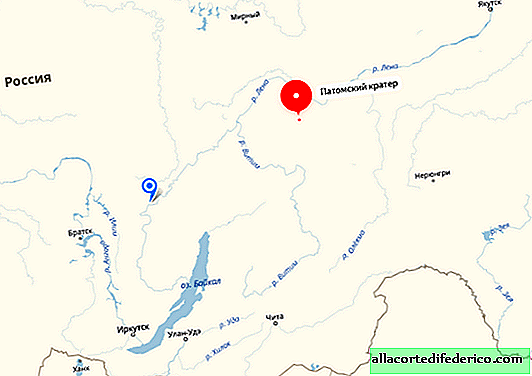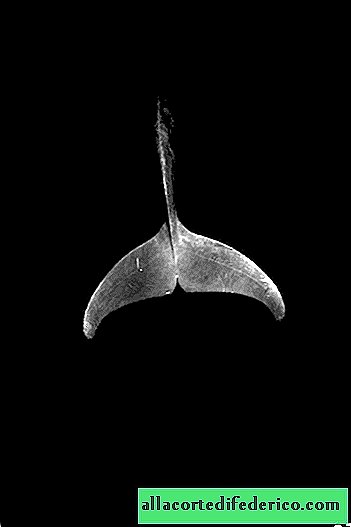A student found on the beach a shiny ball with a fossil clam age 185 million years
Walking along the beach and carefully looking at your feet, you can find many different and very interesting objects. The list of finds is not limited to unusual shells of mollusks or pebbles with holes. So, for example, Aaron Smith, a student living in the UK, found on the beach a shiny object with an almost perfectly uniform spherical shape. Inside this item was an ancient petrified creature called ammonite.
 Aaron Smith's find
Aaron Smith's findThe remains of the animal were kept in a ball of pyrite - iron disulfide, a brilliant mineral that looks like gold. But Aaron Smith discovered the remains of an ancient mollusk not at all by chance. Since the young man is studying in the direction of geology, he knew that the remains of ancient animals could be contained inside such spherical minerals, and his assumption was confirmed. The age of the find is estimated at 185 million years.
 Ammonite Find Inside Pyrite
Ammonite Find Inside PyriteThe remains of a living organism found inside belong to a mollusk from the suborder of ammonites. They can be identified by the beautiful outer shells that are found in fossils in various parts of our planet. They are somewhat reminiscent of nautilus shells, but still have a number of differences in the internal structure. Since not a single imprint of the soft tissues of ammonite has been preserved, the scientists can only guess what the ancient mollusk looked like.
 Reconstruction of the appearance of ammonite
Reconstruction of the appearance of ammoniteAmmonites belonged to cephalopods, i.e., despite the presence of a shell, they were the closest relatives of modern squid and octopus. These were exclusively marine animals that lived in the warm, salty waters of the oceans. According to most experts, ammonites were predators that fed on plankton. But they themselves served as food for other larger animals, being one of the links in the food chain. These mollusks lived from the Devonian to the Cretaceous, that is, they flourished on the planet for 300 million years. But alas, these beautiful creatures disappeared during the Cretaceous – Paleogene extinction, in the same period when dinosaurs died.
 The diversity of ammonites on earth
The diversity of ammonites on earthAmmonites are interesting not only from the point of view of studying the ancient fauna, but also as an identifier of a particular period. The fact is that this animal is ranked among the leading fossils - the remains of animals or plants, characteristic only for a certain period. Ammonites were very widespread in the ecosystems that existed from the Devonian to Cretaceous, so their presence is one of the signs of belonging to these periods during geochronological studies. In addition, over the past 300 million years, ammonites have passed a certain evolutionary path, as a result of which their shells have also changed. It is precisely by these differences that scientists are able to determine the age of various layers of sedimentary rocks that formed during various geological periods.
 The presence of ammonites can determine the age of formation of rocks
The presence of ammonites can determine the age of formation of rocks

















